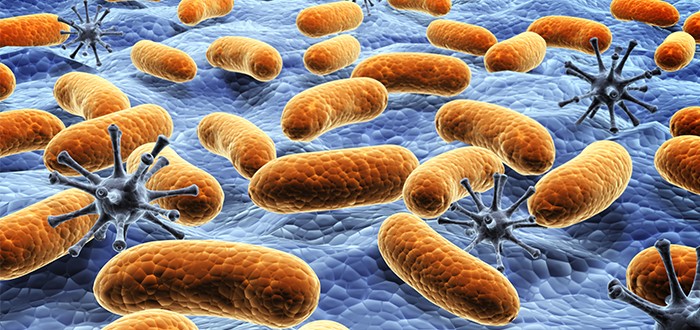Controlling heparanase secretions in mesothelioma cells is something that has captured the attention of a number of mesothelioma researchers since 2004.
Now, a relative handful of them will be able to probe heparanase more deeply thanks to a newly formed cancer research partnership between the Laura and Isaac Perlmutter Cancer Center at NYU Langone Medical Center and the Technion-Israel Institute of Technology.
The international partnership is backed by a multimillion-dollar grant. This grant will pay for investigations of several cancer topics. One of them is the role of heparanase in mesothelioma.
Heparanase studies over the last decade-and-a-half have led to the observation that high levels of this enzyme in tumors tend to coincide with poor postsurgical mesothelioma survival.
Other studies have noted that heparanase inhibition causes mesothelioma tumors to respond better to treatment. At least it does in lab mice. Heparanase inhibition hasn’t yet been tested in humans.
How Mesothelioma Uses Heparanase
Heparanase causes the destruction of molecular chains made up of heparan sulfate. These chains serve as key parts of the tiny scaffolds used to form blood vessels and hold them in their proper shapes. The scaffolds also serve as barriers that confine cells to their proper spaces.
Heparanase is used by mesothelioma cells to degrade the heparan sulfate chains surrounding the tumor. With the chains broken, the barrier is gone. The absence of a barrier means the tumor is free to expand wildly.
Mesothelioma cells also use heparanase to help create for themselves new blood vessels. These blood vessels supply the extra food the mesothelioma cells need to fuel their growth and spread.
That’s not all. Heparanase has been shown to permit the release of certain proteins. These proteins spur mesothelioma cells to work extra hard at growing and spreading.
The NYU Langone and Technion researchers say they want to explore the theory that what heparanase actually does is trigger a vicious cycle of mesothelioma tumor growth.
According to this theory, mesothelioma cells produce heparanase. Then, the heparanase inflames nearby tissues. The inflammation leads to more mesothelioma cells.
The presence of the additional mesothelioma cells results in more heparanase. More heparanase means more inflammation. More inflammation means more mesothelioma cells, and on and on the cycle goes.
Important Mesothelioma Research Collaboration
To test this vicious cycle theory, the co-investigators say they plan to use mesothelioma tissue samples obtained from NYU Langone’s thoracic oncology archives.
If this theory pans out, it will mean heparanase inhibition should become a focus of mesothelioma treatment research by other investigators elsewhere around the world.
The ultimate goal of the NYU Langone-Technion research will be clinical trials to validate the mesothelioma treatment potential of heparanase-inhibiting compounds, the researchers indicate.
“This collaboration represents the first attempt to focus on heparanase as a major risk factor in mesothelioma and a valid target for the development of heparanase-inhibiting drugs,” the researchers wrote.
“In fact, applying a potent inhibitor of the heparanase enzyme we have already demonstrated a most prominent inhibition of tumor progression in mouse models of human mesothelioma, resulting in a pronounced extension of mouse survival.”
The Technion-Israel Institute of Technology is widely acknowledged to be a prime source of innovation in the area of mesothelioma research. The institute boasts no fewer than three Nobel Prize winners among its staff.
NYU Langone Medical Center is considered a U.S. leader in mesothelioma clinical care, research and physician education.


